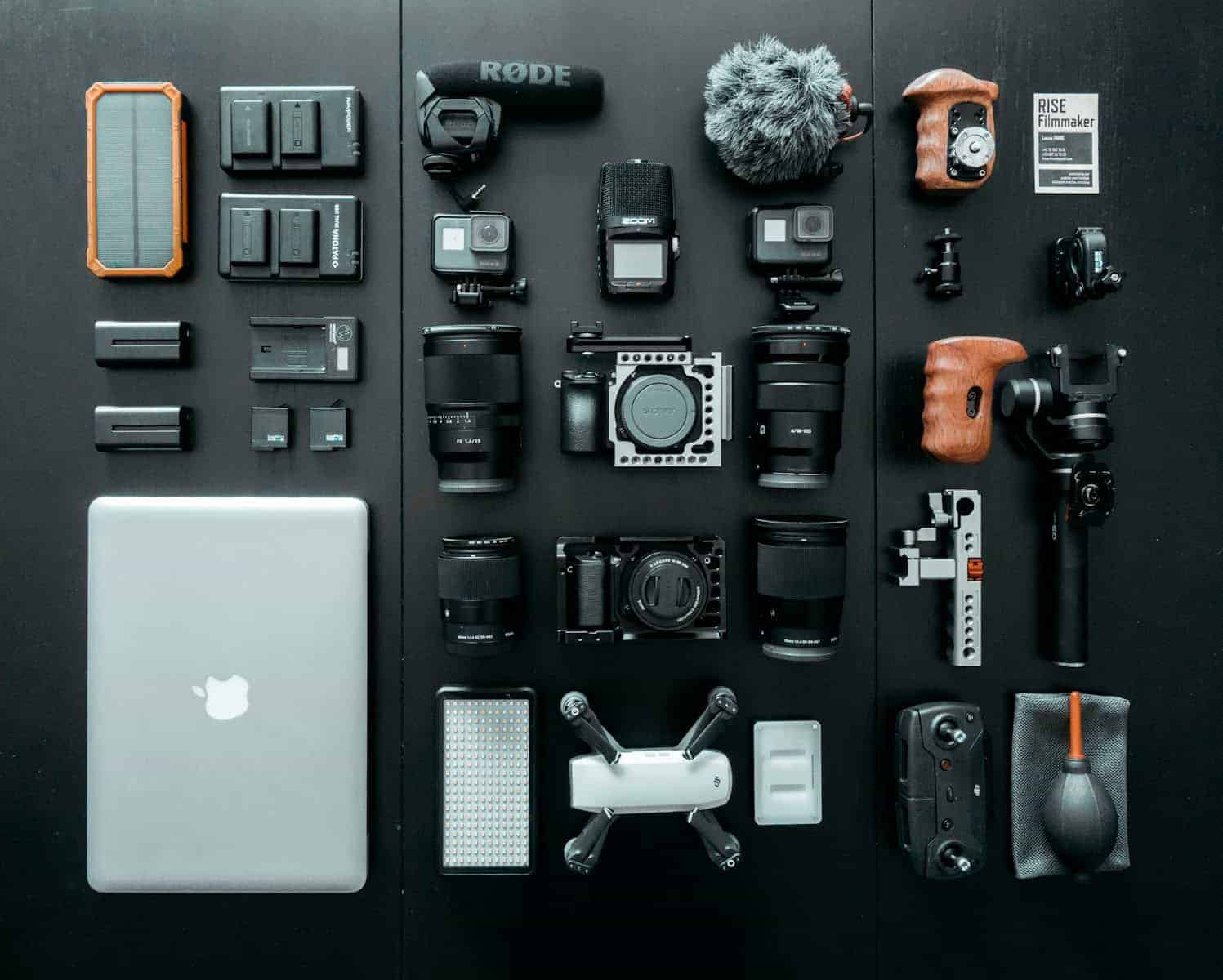Having the right IT equipment is crucial for staying efficient and competitive in today’s fast-paced business world. High-performance servers, network devices, and robust video conferencing tools can make a significant difference. Choosing the right IT equipment can enhance communication, improve workflow, and boost productivity.
Businesses have many options when it comes to IT equipment, including renting or purchasing. Renting from companies offers flexibility for short-term needs without large upfront investments. It’s also important to consider the right implements and apparatus for different environments. Professional-grade IT furniture, server racks, and cabinets can support your equipment, ensuring everything is well-organized and efficient. By finding the best hardware and furniture, businesses can create a more productive and secure IT infrastructure.
Understanding IT Equipment
What Falls Under IT Equipment?
IT equipment encompasses a wide array of technology used for creating, storing, processing, and communicating information. This includes both hardware and software components.
- Hardware: Computers (desktops, laptops, servers), mobile devices (smartphones, tablets), storage devices (hard drives, solid-state drives), networking devices (routers, switches), peripherals (printers, scanners, monitors), and other specialized equipment.
- Software: Operating systems (Windows, macOS, Linux), applications (word processors, spreadsheets, databases), productivity tools (email clients, collaboration software), and other programs used to manage and process information.
Categorizing IT Equipment
IT equipment can be categorized based on its function or purpose:
- End-user devices: These are devices used directly by individuals, such as computers, laptops, and smartphones.
- Networking equipment: This includes devices that facilitate communication between devices and networks, such as routers, switches, and modems.
- Server equipment: Servers are powerful computers that store and process data for multiple users or applications.
- Storage equipment: This encompasses devices used to store data, such as hard drives, solid-state drives, and tape drives.
- Peripheral equipment: Peripherals are external devices connected to a computer, such as printers, scanners, and monitors.
IT Equipment in the Workplace
IT equipment plays a crucial role in modern workplaces, enabling communication, collaboration, and productivity. It’s essential for businesses to manage and maintain their IT equipment effectively to ensure smooth operations and data security.
Table: Common Types of IT Equipment
| Type | Examples |
|---|---|
| Computers | Desktops, laptops, servers |
| Mobile devices | Smartphones, tablets |
| Storage devices | Hard drives, SSDs, tape drives |
| Networking devices | Routers, switches, modems |
| Peripherals | Printers, scanners, monitors |
Key Takeaways
- Good IT equipment can improve efficiency and productivity.
- Renting or buying IT equipment offers different benefits.
- Professional-grade furniture and server racks support organization and security.
Essential IT Equipment and Technology
Businesses require a range of IT equipment and technology to operate efficiently. This includes networking and connectivity solutions, hardware devices, and essential software applications.
Networking and Connectivity
Networking equipment provides the backbone for a business’s digital operations. Routers and switches ensure that data can flow smoothly between devices. Using high-speed internet services from reliable ISPs is important for minimizing downtime.
Wi-Fi access points are crucial for wireless connections in the office. They allow employees to move around without losing internet access. Firewalls and security gateways are vital for protecting against cyber threats, safeguarding sensitive information.
Proper training on network safety helps reduce risks. Employees need to be aware of best practices to prevent breaches. Single Sign-On (SSO) solutions can also enhance security, making it easier to manage user access.
Hardware and Devices
Every business needs reliable hardware to function. Computers and laptops are essential, serving as the primary tools for most employees. Investing in quality servers helps manage data and applications efficiently.
Monitors, keyboards, and mice should be ergonomic to increase productivity and reduce strain. Printers and scanners are still necessary for handling physical documents.
Maintaining this equipment is crucial. Regular check-ups can prevent unexpected failures. Ensure that there is sufficient rolling stock of spare parts and devices to handle quick replacements. Upgrading hardware periodically can also help keep up with technological advancements.
Software and Applications
Software is as important as hardware for business operations. Operating systems like Windows or macOS provide the foundation for all other applications. Productivity suites, such as Google Workspace or Microsoft Office, are necessary for daily tasks.
Security software, including antivirus programs and firewalls, protects against cyber threats. Backup solutions ensure that data is not lost in case of hardware failure. Cloud services provide scalable storage and computing power, making it easy to adjust resources as business demands change.
Professional Services Automation (PSA) tools help manage IT tasks and projects efficiently. Remote access tools enable IT support to resolve issues from any location, reducing downtime for users.
Frequently Asked Questions
These questions cover various aspects of IT equipment, including common items, suppliers, examples of devices, necessary tools for setup, classification, and definitions.
What are the essential items included in a standard IT equipment list for an office?
A standard IT equipment list for an office typically includes laptops or desktops, servers, networking hardware, and printers. Additional items might be monitors, keyboards, and mice.
Which suppliers are known for providing quality IT equipment for businesses?
Reputable suppliers for IT equipment include Dell, Hewlett-Packard (HP), and Cisco. Other notable mentions are Lenovo and Apple, which are widely recognized for their reliable products.
Could you provide examples of commonly used IT devices in a professional setting?
Some commonly used IT devices in a professional setting include laptops, smartphones, tablets, and desktop computers. Printers, scanners, and servers are also frequently used.
What are the fundamental IT tools required for setting up a functional workspace?
To set up a functional workspace, essential IT tools include a reliable computer (laptop or desktop), a monitor, a keyboard, and a mouse. Also necessary are a stable internet connection, a router, and appropriate software.
How do you classify IT equipment under the existing HS code system?
IT equipment is usually classified under the Harmonized System (HS) code 8471, which covers automatic data processing machines and units thereof. Specific items might have more detailed codes depending on their type.
What constitutes IT equipment in terms of hardware and devices?
IT equipment in terms of hardware includes computers, servers, networking devices, and peripherals like printers and scanners. It also covers storage devices such as external hard drives and USB flash drives.







